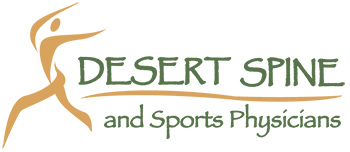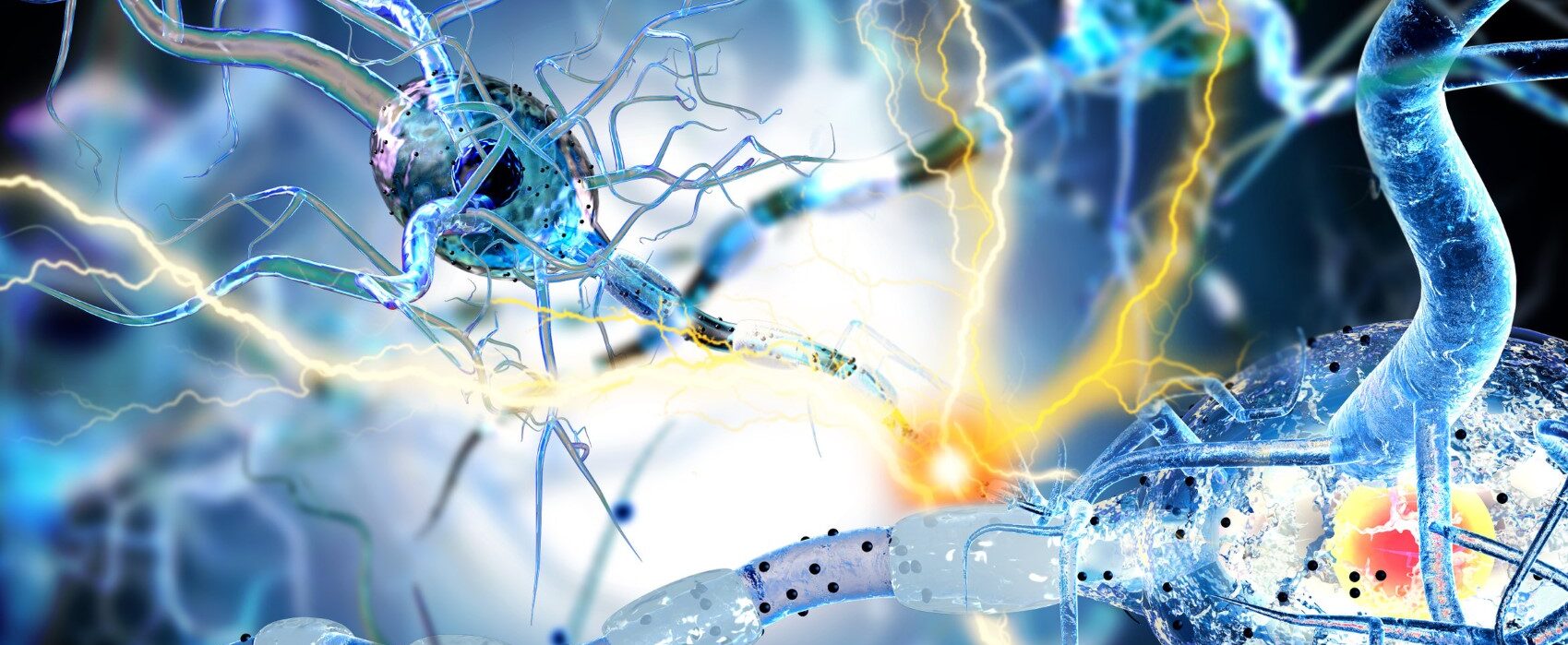Spinal Cord Stimulation
Understanding Spinal Cord Stimulation: A Patient’s Guide
Spinal cord stimulation involves implanting a device near the spinal cord that delivers electrical impulses that block pain from being perceived in the brain. Physicians generally consider this procedure for patients diagnosed with severe chronic back and/or leg pain. Notably, over half of treated patients report an over 50% long-term improvement in their pain.
What is Spinal Cord Stimulation?
Spinal cord stimulation is an innovative and advanced therapeutic approach designed to provide relief for individuals struggling with chronic pain. This technology involves using a small device implanted under the skin connected to leads placed near the spinal cord to modulate and alleviate persistent pain signals.
Understanding the technology and the concept of blocking pain perception is pivotal in grasping the transformative impact of spinal cord stimulation. The cornerstone of the treatment is the Implantable Pulse Generator (IPG) or battery. This compact device is surgically implanted beneath the skin and generates electrical pulses delivered through leads to the spinal cord. These pulses interfere with or modify the pain signals traveling along the nerves, effectively disrupting the transmission of pain messages to the brain.
Spinal Cord Stimulation Trial
Patients interested in the procedure will need to undergo a trial to learn if the spinal cord stimulator will effectively relieve pain. The trial involves a procedure to place temporary spinal cord leads connected to an external battery to determine if the area of your pain will be covered by stimulation. During the trial, which typically lasts 4-7 days, you will want to be certain that you have satisfactory pain control. If the trial succeeds, the temporary stimulator will be removed, and a permanent stimulator implantation will be scheduled with a surgeon.
Who Can Benefit from Spinal Cord Stimulation?
Spinal cord stimulation is ideal for patients who have tried and found no relief with other conservative back pain treatments such as physical therapy, spinal injections, and medications and may have even had prior surgery. Before a spinal cord stimulator is placed, however, the patient must have a successful spinal cord stimulator trial.
Candidates for spinal cord stimulation include patients who have:
- Chronic back and/or leg pain
- Neuropathic or “nerve-related” pain
- Failed back surgery
- Limited spine surgical options
- Positive trial stimulation response
Typical conditions that are treated with spinal cord stimulation include:
- Chronic back pain
- Severe leg pain
- Peripheral neuropathy
- Complex regional pain syndrome
- Post-herpetic neuralgia affecting the back or leg
The Spinal Cord Stimulation Trial Procedure
Here’s what you can expect on the day of your spinal cord stimulator trial procedure:
- An I.V. may be started to deliver relaxation medicine.
- You will lie face down on a procedure table in a sterile environment.
- The physician will use fluoroscopic (X-ray) guidance to visualize your spine.
- The physician will scrub your skin with sterile soap, place a drape on your back, and numb a small area of skin with anesthetic medication.
- The physician will direct a needle using fluoroscopic guidance into the epidural space near the spinal cord and then direct two leads through the needle.
- Once the leads are in place, your physician will activate the system. You may help the physician determine how well the stimulation pattern covers your pain pattern, with the leads then redirected accordingly.
Preparing for Your Procedure
- You will be scheduled at one of the facilities listed below, where you will be for approximately 1-1.5 hours total.
- You will be required to have a responsible adult drive you home.
- You should take your routine medications (i.e., blood pressure and diabetic medications) on the day of your procedure.
- You must not eat any food six hours before your appointment.
- You may have sips of clear liquids up to two hours before your appointment.
- Wear loose, comfortable clothing to your appointment.
- You may return to your normal activities the day after your procedure, including returning to work.
- Please have your labs drawn 5-7 days before your procedure. Our office will provide you with a lab order.
- If you take non-steroidal anti-inflammatory agents (Advil, Ibuprofen, Naproxen, Motrin, etc.), please discontinue for four days before the procedure.
- Do not discontinue any prescribed medication unless you have received authorization from the prescribing physician.
If you are taking any dose of Coumadin, Aspirin, or any other blood thinners, please notify the office immediately and note the time to stop taking each medication below once cleared by your Cardiologist or other prescribing physician.
- Coumadin – 5 days (INR will be checked at our office; should be 1.3 or lower)
- Aspirin, 81mg or 325mg – 7 days
- Pradaxa – 5 days
- Plavix – 7 days
- Persantine – 7 days
- Aggrenox – 7 days
- Ticlid – 14 days
- Xarelto – 48 hours
- Subcutaneous Heparin – 12 hours
- IV Heparin – 4 hours
- Pletal/Cilostazol – 7 days
- Eliquis – 48 hours
- Brilinta – 5 days
- Effient – 7 days
If you need to reschedule this appointment, please give at least 24 hours notice and call 602-840-0681.
Post-Procedure Care and Monitoring
Immediately after the procedure, you will go to a recovery area, where the nursing staff will monitor you. You will also meet with the representative for the spinal cord stimulator, who will help adjust the level of stimulation to help cover your pain adequately.
You should avoid extreme lifting, bending, stretching, twisting, and strenuous activity in the days immediately following the procedure.
You will follow up with our team in the office about 4-7 days after the trial. At this visit, we will determine the level of pain relief and functional improvement you had during the spinal cord stimulation trial. If the trial was a success, we will provide you with a referral to a spinal surgeon for spinal cord stimulation implantation.
Visit One of Our Arizona Locations
Spinal cord stimulation offers a transformative approach to pain management, providing a personalized and adaptive way to alleviate chronic pain and empowering individuals to regain control over their lives.
Our board-certified rehabilitation specialists perform spinal cord stimulation trials at any of our five Arizona locations:
Spinal Cord Stimulation FAQs
What is the success rate of a spinal cord stimulator?
Success rates vary, but over 50% of patients experience significant and long-lasting pain reduction with a spinal cord stimulator.

